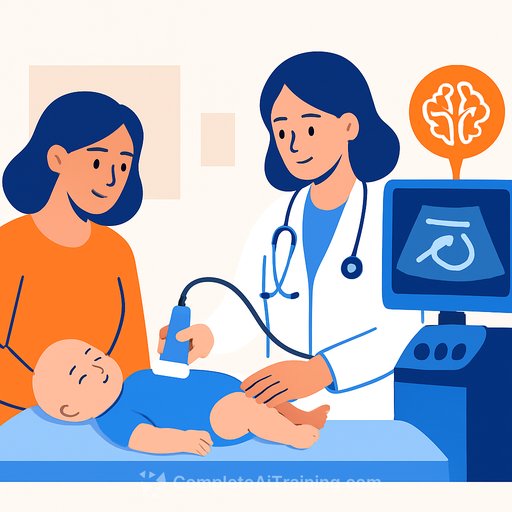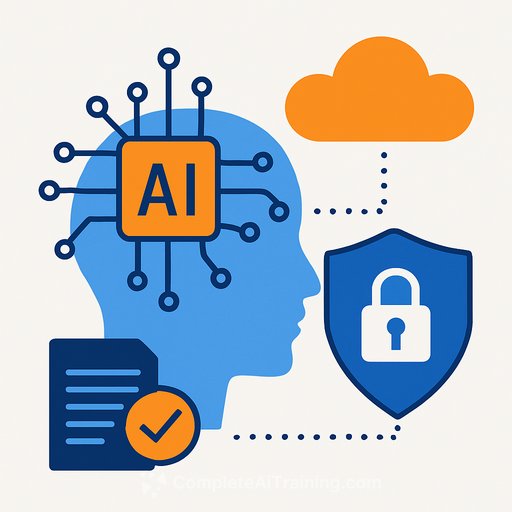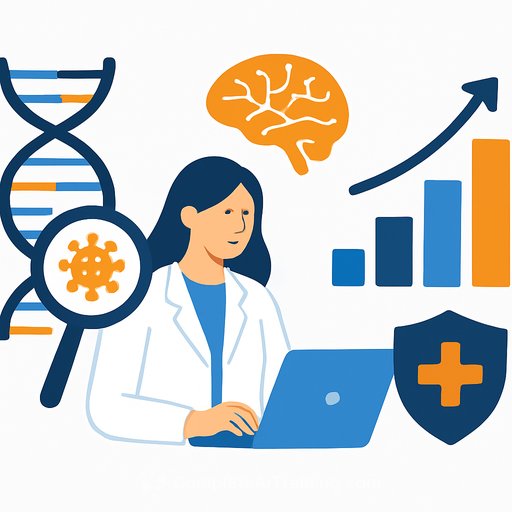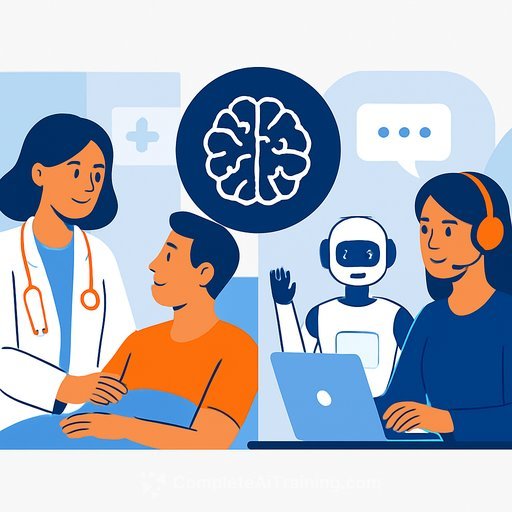AI-assisted ultrasound at child health centers cuts unnecessary DDH referrals
For infants at risk of developmental dysplasia of the hip (DDH), hospital ultrasound is often the default next step-yet many referrals prove unnecessary. A team from Radboudumc and JGZ Kennemerland tested a smarter first-line approach: AI-assisted ultrasound performed directly at the child health care (CHC) center.
The result: CHC physicians, trained in about an hour, can reliably scan infant hips on-site and reduce avoidable hospital visits by more than half. The findings were published in the peer-reviewed journal Computer Methods and Programs in Biomedicine.
Why this matters
DDH affects an estimated 2-4% of infants aged 0-6 months. The later it's diagnosed, the tougher the outcomes, so early identification is non-negotiable for quality care.
Current CHC screening relies on risk factor checks and repeated physical exams. Ultrasound is done at the hospital after referral. With a specificity of 82%, roughly six out of seven referred infants ultimately don't have DDH-adding cost, stress for families, and pressure on radiology capacity.
What changed
Researchers showed CHC physicians can perform point-of-care hip ultrasound with AI guidance after just one hour of training. Two CHC physicians scanned 105 infants in the study; two trained radiologists evaluated results from the AI application.
Key outcome: 56% of infants without DDH were correctly identified at the CHC. Practically, that translates to about 3.5 referrals needed to confirm one DDH case at the hospital, improving program specificity to 92%.
What this means for clinical practice
- Fewer unnecessary hospital ultrasounds, freeing radiology capacity for higher-risk or complex cases.
- Faster reassurance for families when scans look normal at the CHC visit.
- Earlier direction to specialist care for infants who need it.
- Feasible rollout: brief training window for CHC physicians and an AI workflow that fits routine visits.
Implementation notes for healthcare teams
- Define referral thresholds and documentation standards so CHC and hospital teams stay aligned.
- Establish a quick-read QA protocol (e.g., spot checks by radiology) during initial rollout.
- Track metrics locally: referral rates, time-to-diagnosis, and confirmation rates at the hospital.
- Integrate with existing records where possible to streamline follow-up and audit.
Regulatory status
Ardim, a Radboudumc spin-off, is pursuing CE certification for the AI-assisted ultrasound application. Clinical use at scale will depend on regulatory clearance and local governance. For context on EU medical device requirements, see the European Commission's overview of the medical device framework here.
Bottom line
AI-assisted hip ultrasound at the CHC level can make DDH screening more precise and more practical. With a brief training investment and clear referral pathways, healthcare teams can reduce unnecessary hospital imaging while protecting early detection-where timing matters most for infant hips.
Your membership also unlocks:






